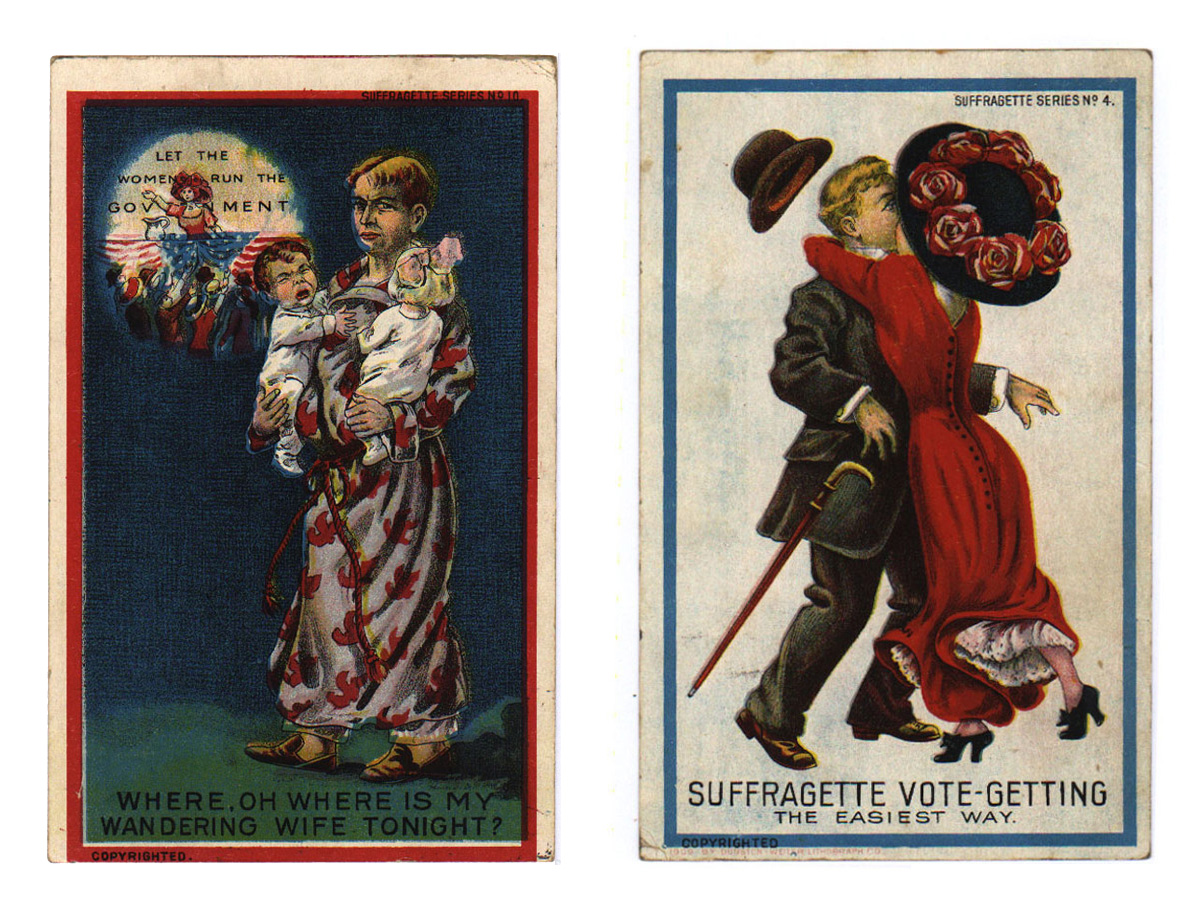Kruttika Susarla
Graduate Student
Washington University in St. Louis
Brands have used mascots as a tool for persuasion and personalization of everyday commodities for ages (Dotz, Husain, 2003). Amul™ is an Indian dairy brand whose mascot is a fair-skinned girl in a white polka-dot dress and a matching bow in her blue hair. She was designed in 1967 and has since been used on product packaging and in political cartoon advertisements on billboards, print advertisements, and social media. The design of the mascot has remained consistent through the years and draws heavily on a rounded shape language. The Amul™ girl has been a pop culture icon and a beacon of upper-caste, liberal politics in India. Over the last six years, these advertisements shifted from liberal messaging to pro-state propaganda with a change in power in Indian politics to Hindu nationalism.
Amul™ uses visual and phonological puns, portmanteaus, and polysemous words in English and Hindi. The mascot transforms into politicians, celebrities, and sports persons depending on context. Her shape language is aggressively cute. Bright primary colors and consistent watercolor treatment with black outlines draw the audience into a nostalgic “good old” past while placing the mascot in an ever-changing political landscape.
This presentation will visually analyze this evolution by examining the Amul™ illustration style, character design, and slogans. The analysis will use a dialectic method to read into the disarming aesthetics of the illustrations. It will contrast connoted messages with the material reality of the subjects of these ads by placing them in a historical, socio-political context. By doing so, we gain insight into how illustration has been used in these advertisements as a tool to normalize harmful government policies, the military, or pro-surveillance laws (Bhatia, 2020).

